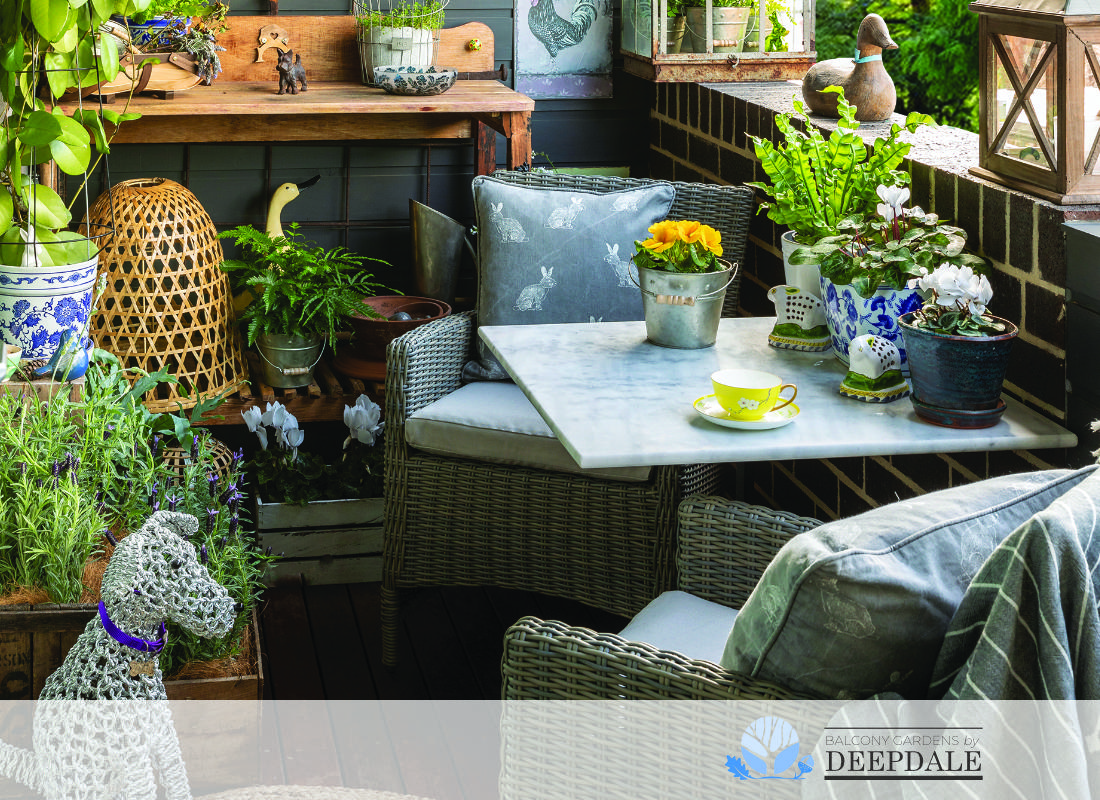
In bustling urban environments where outdoor space is limited, balcony gardens offer a breath of fresh air and a tranquil escape from the concrete jungle. A well-designed balcony garden can transform a small outdoor area into a lush, vibrant oasis. This article delves into the art of balcony garden design, exploring creative ideas and practical tips to help you make the most of your limited space while creating a green haven right outside your doorstep.
Assess Your Balcony’s Characteristics
Before diving into the design process, it is essential to assess your balcony’s unique characteristics. Observe factors such as the balcony’s size, orientation, sunlight exposure, and wind direction. These observations will guide your plant selection and layout to ensure optimal growth and a harmonious garden environment.
Select Suitable Plants
Choosing the right plants is crucial for a successful balcony garden. Opt for plants that thrive in your specific climate and light conditions. Consider the mature size of the plants to avoid overcrowding and ensure they will adapt well to the size of your balcony. Some popular choices for balcony gardens include herbs, succulents, flowering annuals, dwarf fruit trees, and ornamental grasses.
Incorporate Multi-Functional Furniture
Balcony garden design goes beyond just planting. Consider incorporating multi-functional furniture that complements the greenery. Foldable tables, stackable chairs, and storage benches provide seating options while saving space when needed. Plant stands can also serve as decorative elements while elevating your plants for better sunlight exposure.
Add Visual Interest with Colors and Textures
Create visual interest in your balcony garden by playing with colors and textures. Choose a color scheme that complements your outdoor space and brings harmony to the overall design. Mix and match different plant textures, combining fine-textured plants with bold foliage to add depth and contrast to the arrangement.
Embrace Sustainable Gardening Practices
Opt for sustainable gardening practices to reduce your environmental impact and ensure the longevity of your balcony garden. Use organic fertilizers, collect rainwater for irrigation, and incorporate composting systems for kitchen scraps. Additionally, choosing native or drought-tolerant plants will reduce water consumption and maintenance efforts.
Consider Privacy and Shade
Depending on your balcony’s location, privacy and shade might be essential aspects of your design. Introduce trellises, lattice screens, or tall plants to create a sense of privacy. Umbrellas, pergolas, or retractable awnings can offer shade during hot summer days, making your balcony garden a comfortable retreat regardless of the weather.
Helpful Advice
Designing a balcony garden is a delightful opportunity to unleash your creativity and embrace nature within an urban setting. With thoughtful planning and consideration of your balcony’s unique characteristics, you can create an enchanting green space that brings joy, tranquility, and a touch of nature to your daily life. Whether you have a small apartment balcony or a spacious terrace, balcony gardens prove that even the tiniest spaces can bloom with life and beauty. So, take the plunge, and let your balcony flourish into an inviting sanctuary that rejuvenates your mind and soul.
Contact information:
Balcony Gardens by DEEPDALE
Phone: 0414 687 907
Email: enquiries@bgbdeepdale.com.au
Location: Melbourne and suburbs
Get In Touch
If you would like some help setting up and installing your new balcony garden design, please get in touch and start the conversation so that Balcony Gardens by DEEPDALE can enhance your space with a great balcony garden design.
